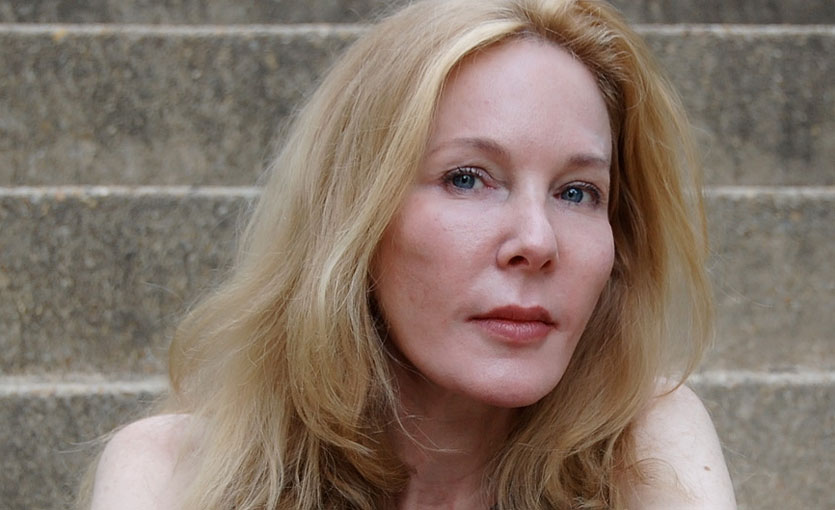Dec 23 2016.
views 247Meet The Authors Of FGLF 2017: Katherine Boo
The 8th edition of the Fairway Galle Literary Festival is back bigger than ever and will take place from the 11th to the 15th of January 2017, featuring renowned novelists such as Lesley Hazelton, Amish Tripathi, Colm Toibin, Philippa Gregory and Dame Margaret Drabble.
In the weeks leading up to the Festival, we catch up with some of the biggest authors set to attend the 2017 Festival!

Katherine Boo is a pulitzer prize winning journalist at The New Yorker and is also an editor for The Washington Post. Katherine’s work focuses on issues of poverty, social and economic policy and education and she has spent the last 25 years reporting from within poor communities.
Her novel, ‘Behind the Beautiful Forevers: Life, Death, and Hope in a Mumbai Undercity’ was published in 2012 and has received multiple literary awards to its name.
You’ve worked as a reporter for The New Yorker for over 25 years. But what got you into writing a book?
I’d been working for 15 years in low-income American communities when I met my husband, who is Indian, and suddenly I was spending lots of time in Mumbai, where nearly half of the citizenry lived in slums. And while almost everyone I met had a strong opinion about how India’s new wealth was or wasn’t affecting these historically poor communities, the question hadn’t been reported out in a rigorous way. There were stereotypes, cliches and sweeping theories about globalizaton and inequality, but precious little documentation of what those concepts meant, on the ground. After years of living part time in India, I decided I could at least make a contribution to the reporting side of the equation.
How would you describe your writing style?
I don’t think a lot about how to describe my style--I leave that work to reader--but when several reviewers called my book “cinematic,” I confess I had a shiver of satisfaction. One of my writing aims is to help readers really see the people I’m writing about, both up close and in the round. When you grasp individual low-income people in all their worth and glorious complexity, it gets a little harder to dismiss their urgent concerns.
Your book, Behind the Beautiful Forevers, focuses on the Mumbai undercity. What made you pick that subject as the focus of your book?
The stories of the families I was following in what became Behind the Beautiful Forevers felt too multifaceted and dynamic to squeeze into magazine format. Still, I decided early on that I didn’t want to write a large and laborious tome. Rather, I envisioned a tight, fast read driven by interweaved, individual stories; stories that would shed light on larger moral, political, and structural questions.
Where do you find the inspiration for your books?
I tend to find my inspiration in absence, which is to say: If something important seems to be happening to people who lack economic and political power, and it’s not being covered well by the media, I start to wonder if I might have something to contribute. The type of immersion and investigative reporting I practice can be jaw-clenchingly stressful, and emotional--at least it is for me. So I’ll sometimes catch myself making up reasons not to pursue my story-instincts. Who marches blithely into an experience that’s bound to leave them wrecked? But if reporters like me don’t force ourselves to do this kind of work, even more of the experiences of the poor will disappear down the black hole of history, to use Hannah Arendt’s term. And how can we possibly understand our societies, either in the moment and historically, if we only record the experiences of the people who have capital and power?
Your book was named the Best Book of the Year by numerous publications; how did that make you feel?
I was happy, of course, and surprised. Even the families I was reporting on believed that no one would read about, or care about, their lives.
Any future plans for another book?
One thing I’ve been working on lately is a long-term project, maybe a book, about underground channels of social mobility. It’s based in an impoverished community in the United States, and let me tell you, the work is going wretchedly this month! But I’ve learned over the years that in documentary work on low-income communities, there’s no normal, steady state of affairs. The work, like the lives of the people I follow, is given to incredible change.
0 Comments